A “Sip” of Leadership
Leadership, in essence, can be thought of as a service that people in an organization either ‘buy’ or ‘don’t buy’. As well as a banker, an entrepreneur, a farmer, every leader has his own customers: his followers, who need a guide to achieve the high standards required in every company. If your leadership is high in quality, people in your company would be willing to buy it; pro-activity and the commitment of employees would be encouraged, with evident benefits for the whole company. But what if your leadership is low in quality? Employees do not want to buy it anymore. They become non-customers, and, even more dangerous, they disengage.

In the article published by Harvard Business Review, the authors Professors W. Chan Kim and Renee Mauborgne set the basis of the Blue Ocean Leadership (BOL). They designed a variety of tools, largely applicable to any company with the ambitious aim to unleash oceans of untapped talent and employee potential to ultimately improve the profitability. Blue Ocean Leadership is intended to connect closely to market realities and, in contrast with conventional leadership theories, focuses on what acts and activities leaders need to undertake to enhance their teams’ motivation and business results.
In the following three weeks, we will give you a taste of BOL tools, analysing two Starbucks Leaders’ acts and activities: Jim Donald and Howard Schultz. At the end, you should be able to answer a simple question: are your employees willing to buy your leadership? Are you focusing on the act & activities that are right for your business in this specific point in time?
Jim Donald’s Leadership Profile
Jerry Baldwin, Zev Siegl and Gordon Boeker founded Starbucks in 1971, with the first Starbucks store located at 2000 Western Avenue in Seattle. Today, Starbucks has more than 24,000 retail stores located in 70 countries around the world. In 2005, the President of Starbucks – North American division, Jim Donald, was appointed as CEO of Starbucks. Formerly Chairman, President and CEO of a supermarket chain – Pathmark Stores, and previously President of Safeway’s 130-store eastern division, Jim Donald’s talent in building relationships at every level of the organisation made him a popular leader within Starbucks. He believed that one of the ways to have better understanding about business conditions was staying close to the frontliners. Thus, he used to visit Starbucks stores frequently. He also increased internal communication with employees by quickly replying to e-mails and returning calls. He also used to write personal “thank-you” notes to employees and sign their birthday cards. Moreover, he showed trust in his team members by empowering those who were close to the business to make decisions. Hence, it can be said that Jim Donald’s leadership revolved around empowering and motivating employees.
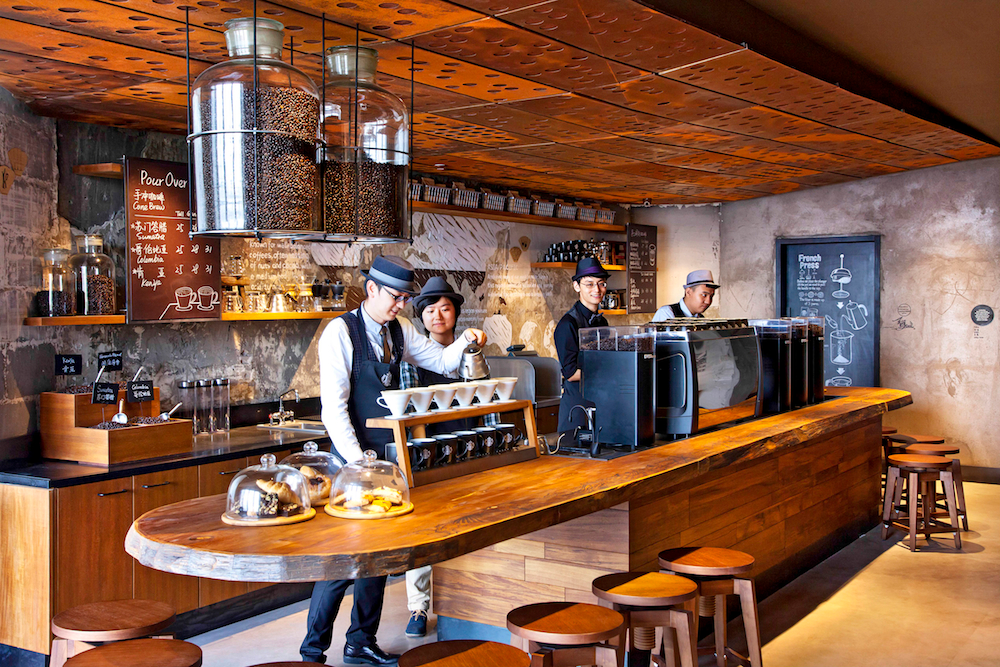
A New Focus: Store Expansion
When he became CEO of Starbucks, Jim Donald’s main focus was on store expansion. During his tenure, Starbucks’ store expansion growth rate was around 21%, and the number of Starbucks’ stores increased from 10,241 stores in 2005 to 15,011 stores in 2007.
This led to the introduction of an additional level of management which resulted in more bureaucracy, which, in turn, led to limited engagement and increased communication barrier between each management level. Stuck by the responsibilities, Donald struggled to visit the shops, reply to e-mails and have a close relationship with the employees.
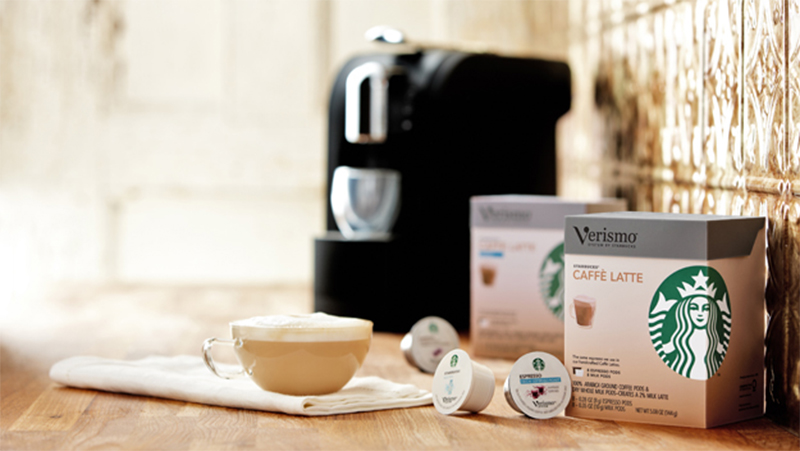
The installation of Verismo, an automatic espresso machine, caused uneasiness among some of the Starbucks’ baristas, as they felt de-skilled. The Verismo coffee machine also affected coffee taste and the Starbucks experience, as it eliminated the interaction between baristas and the customers. Moreover, during Jim Donald’s tenure, the range and focus of products offered in Starbucks increased unnecessarily with the food smell overpowering the distinctive coffee aroma of Starbucks.
The focus on store expansion led Jim Donald to overshadow the core business of Starbucks. In fact, Starbucks does not sell coffee; it sells a customer experience made of aroma, taste and baristas. During his tenure all this was going to be lost. The financial performance testified the negative trend of the company. The net income growth rate declined from 29% in 2005 to 14% during 2007, with the company’s share price felling by 48% over the same period. Moreover, in 2007, for the first time in Starbucks history, the customer traffic dropped, while the company raised prices to offset rising dairy and labour costs.
An important decision was required. How would you have addressed these challenges? And how did Starbucks react to the difficulties?
Starbucks Brew-Volution
During critical periods, what should an organization do to sustain its success? How can you make sure your act & activities are linked to the market realities?
Effective leadership is a key element in an organization to transform a strategy into a successful result. Last week we told the story of Jim Donald as CEO of Starbucks and we left you with a question: how did Starbucks react to the difficulties that characterised Donald’s tenure? Here is the answer: on Monday 7th January 2008, Starbucks Corp. fired Chief Executive Jim Donald and gave control of the daily operations to Howard Schultz, chairman and architect of the ubiquitous coffee giant.
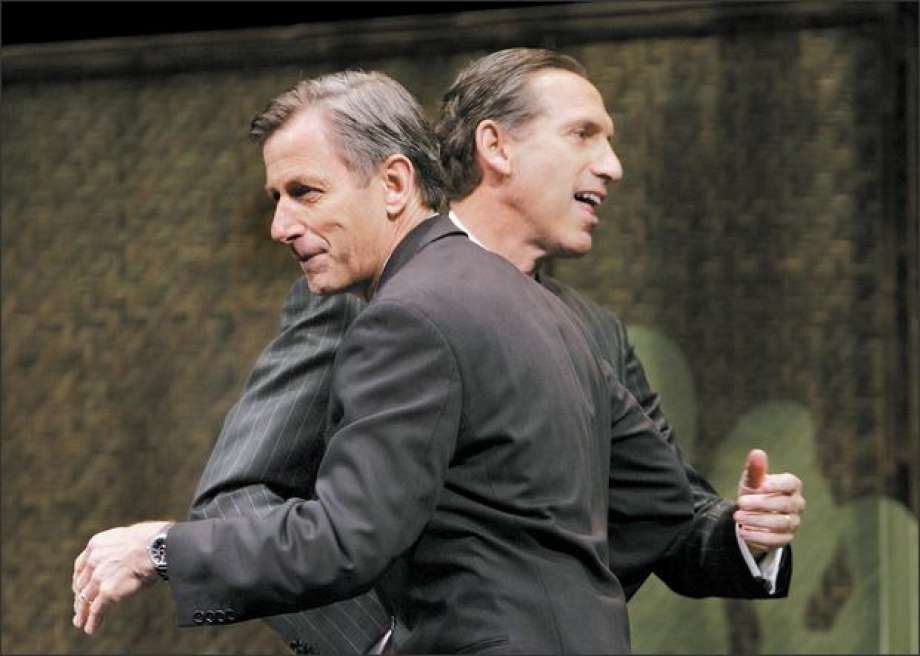
Howard Schultz was Starbucks’ CEO from 1987 to 2000. However, he transferred his duties to Orin C. Smith and served as Starbucks’ Chairman since 2000 to focus on Starbucks’ international expansion. When he took over, there was decreasing customer traffic, a drop in share price from $52 in 2005 to $20.5 in 2007, with net income growth rate decreased by 15 percentage points over the same period. Not only that, Starbucks employees seemed to have forgotten their core business value.
In order to lead the company in this tumultuous state, Schultz created a Transformation Agenda that consisted of seven “Big Moves” as a guideline for a Starbucks transformation. His transformation strategies mainly emphasized on reinforcing Starbucks’ core values, thus enabling Starbucks to differentiate itself from its competitors and increase customer traffic.
Realising the importance of aligning the management team, Schultz gathered around 200 senior level company leaders to explain the agenda and held a conference in New Orleans with a clear intent: reinforce to his people what Starbucks has always stood for. Through the conference, Schultz successfully aligned his management team to head toward the shared direction and committed to enhancing the values of the company. Moreover, Schultz enhanced internal communication with his employees by using personal lines of communication and always encouraging his employees to voice out their feedback. Schultz also used to seek advice from them, his method of showing his trust.
Baristas, Not Machines
To what extent will a company go for internal staff training?
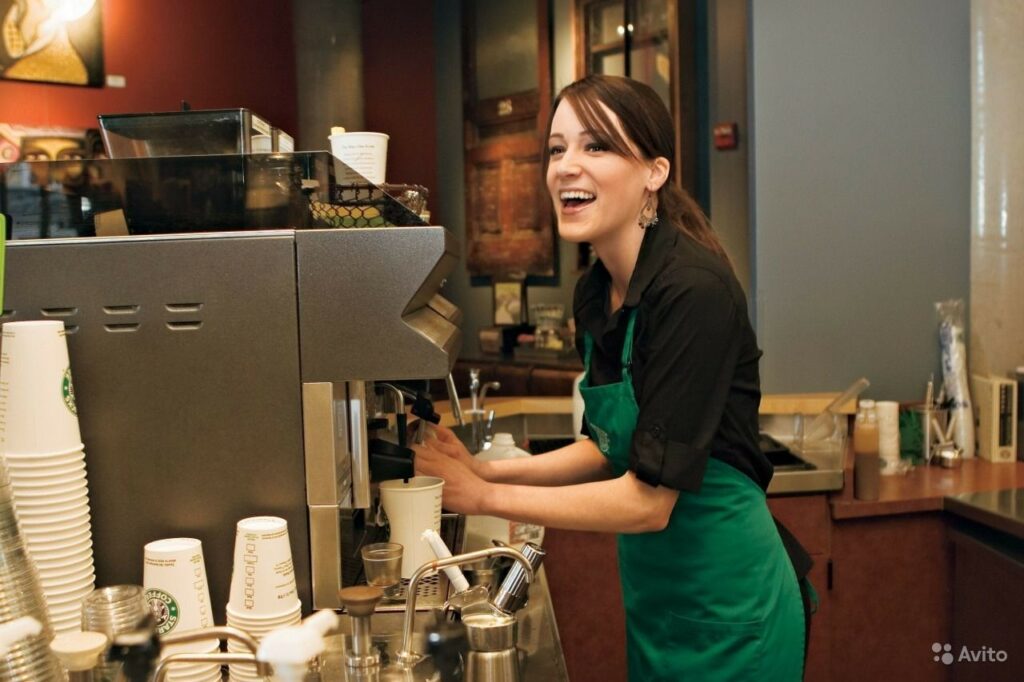
When Schultz returned as CEO, he shut down all Starbucks stores for three and a half hours to retrain baristas on the art of making a cup of quality coffee. Schultz also invested in a new type of coffee machine by introducing Mastrena machine to make espresso instead of Verismo. Differently from the previous automated machine, Mastrena requires an active contribute from the barista. Once again, the coffee was prepared by a highly-skilled smiling barista, not by a detached automated machine. As a result of these initiatives, Starbucks successfully improved the Starbucks experience between baristas and customers. In 2011, it scored 80 marks out of 100 in an American Customer Satisfaction Index.
Innovation Drives Results

Schultz was also an innovative leader. He reduced the growth rate of Starbucks store expansion from 21% in 2007 to 11% in his first year as the CEO. In 2009, he and his team launched a soluble coffee, Via, which became a major sales success. As a company that focuses on the customer experience, Starbucks set up a website to collect customers’ feedback enabling customers to voice out their opinion while adding appropriate suggestions that could be taken into consideration by the management team.
Under Schultz’s leadership, Starbucks showed positive signs of change. In 2015, Starbucks had more than 190,000 employees and 24,000 retail stores in 70 countries. Starbucks’ share price rose from $20.5 in December 2007 to $60 in December 2015.
The “As-is” Leadership Canvas
In the last two weeks, we introduced you to two different leaders of Starbucks: Jim Donald and Howard Schultz. Now it is the time to analyse their leadership profile from a different perspective through the Blue Ocean Leadership tools.
A common mistake organizations make is to discuss changes in leadership without a comprehensive understanding of the actual situation. Reaching this understanding is the objective of the first step of BOL. It achieved through the so-called “As-is” Leadership Canvases, analytic visuals that show how managers at each level invest their time and effort. In Exhibit 1, we compared the Leadership Canvases of Jim Donald and Howard Schultz. As it is clear, their profiles are deeply different. The former focused on store expansion that resulted in more bureaucracy; the latter focused on company’s core values, recreating the Starbucks’ consumer experience that was the key of its success.
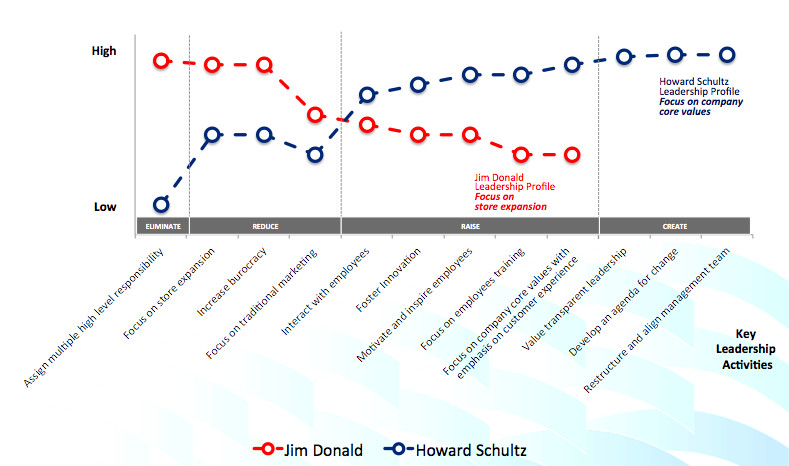
The “As-is” Leadership Canvas can be built for any company with the aim of uncover how people experience current leadership and to start a company-wide conversation about what leaders do and should do at each level.
Eliminate-Reduce-Rise-Create
The analysis of the Canvases lets identify the so called cold spots (absorbing leaders’ time but adding little or no value) and hot spots (energizing employees and inspiring them to apply their talents, but currently underinvested in by leaders or not addressed at all). This information is used to fill the ERRC Grid. The cold spots activities must be “Eliminated” or “Reduced”, hot spots activities must be “Raised” or “Created”. Below it is possible to analyse Howard Shultz’s ERRC Grid.

When Schultz took over Starbucks in 2008, he eliminated multiple high-level responsibilities to the same employee. He also reduced the bureaucracy blockage in Starbucks and slowed down Starbucks store’s expansion growth rate.
Schultz improved the customer experience by improving the baristas’ training and also emphasized on personal connections between baristas and customers. Further, Starbucks set up a website, “MyStarbucksIdea.com”, to collect feedback from customers.
In short, Schultz reinvested in his people, engaged in innovation, and focused on company’s values. He eliminated and reduced the leadership activities that could hold back the company’s performance, and invested more in those that would bring fruitful business results. In order to drive the organization toward success, he took a proactive leadership approach to address the company’s challenges.
Feel free to contact us should you be interested in running a Blue Ocean Leadership (BOL) workshop and discover how it can improve your working environment, your employees’ engagement, and the profitability of your company.



